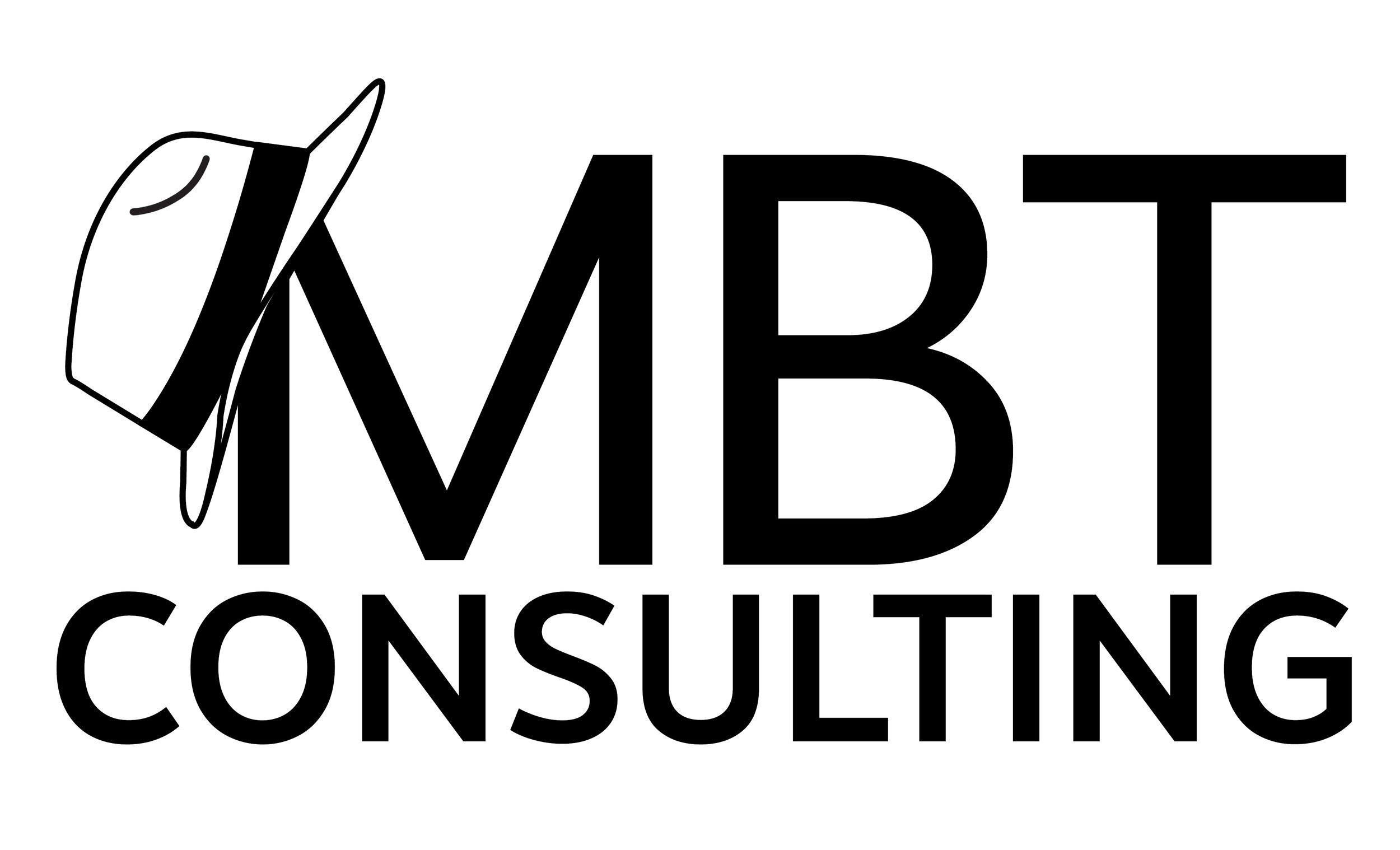The Peanut Butter Spoiler Alert
Unlike Hulu’s periodic ad breaks, Netflix has always touted its ad-free streaming experience.
At least, that’s the official story.
However, two things struck me while watching the fourth season of Netflix’ Stranger Things; gore, and product placements.
Sony. Reebok. Lacoste. Coke. The last 2½ hour episode alone featured 35 brands.
You may have missed the empty Shake & Bake box as the show’s heroes considered a pile of rubble. But you couldn’t avoid Jif peanut butter’s prominence in the plotline.
And that bucket of KFC wasn’t there accidentally. From Nilla Wafers to Eggo Waffles, Stranger Things is a veritable smorgasbord of product placements, generating $42 million in placement fees during the last two seasons alone.
Netflix obviously isn’t as ad-free as they proclaim.
Product placements aren’t new. Jules Verne supposedly sold naming rights to transportation companies in his 1873 novel “Around the World in 80 Days.” Wings, the first movie to win a Best Picture Oscar, featured a Hershey’s chocolate bar.
Yet when Reese’s Pieces sales soared after release of the movie ET, such placements started increasing significantly.
Anyone who’s been paying attention noticed the FEDEX placement in the movie Castaway. Wendy’s is in this season of Rick & Morty and an upcoming Playstation game.
And now, thanks to Netflix, Amazon, HBO, and other “commercial-free” TV experiences, people are gravitating away from shows with traditional ad breaks.
Which has led NBCUniversal, Fox, Turner and others to cut the amount of their advertising to match viewers’ preferences.
Scarce (or non-existent) commercial time has led media buyers to look at product placement opportunities.
These brands will pay millions to get their products onto hit TV shows. And the success of Stranger Things suggests such product placements won’t slow down.
Here’s the thing: 90% of today’s consumers skip or ignore online ads. And there’s an increasing trend to avoid traditional ads.
Which explains why product placement’s $23 billion business has grown over 500% in the past 10 years. After all, viewers can’t skip through these commercials.
So as advertisers struggle to reach consumers, look for them to increasingly shift marketing dollars from traditional advertising to product messaging that’s noticeable, not too overt, and can’t be skipped or muted.
You may not be happy with the trend…but it’ll be hard to ignore.
With that said, I wish you a week of profitable marketing.
----
Get more marketing insights at www.marketbuilding.com.

